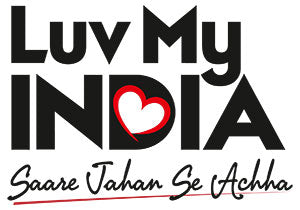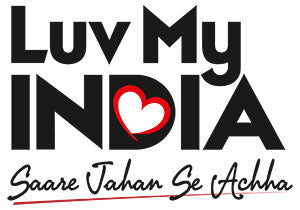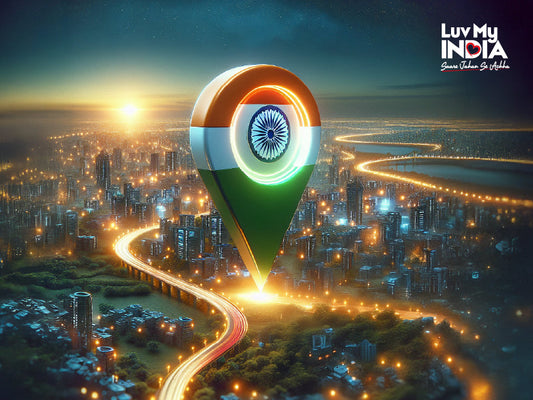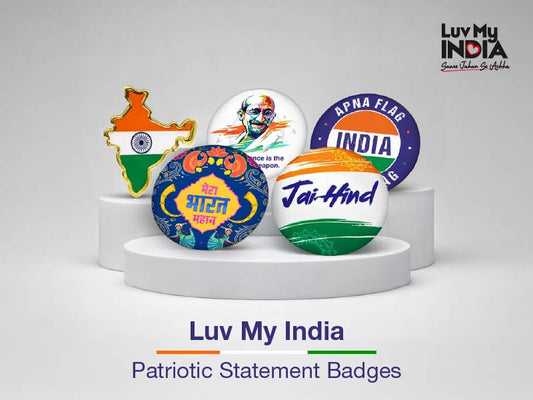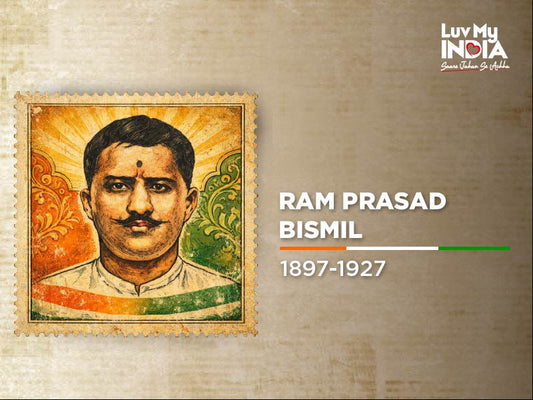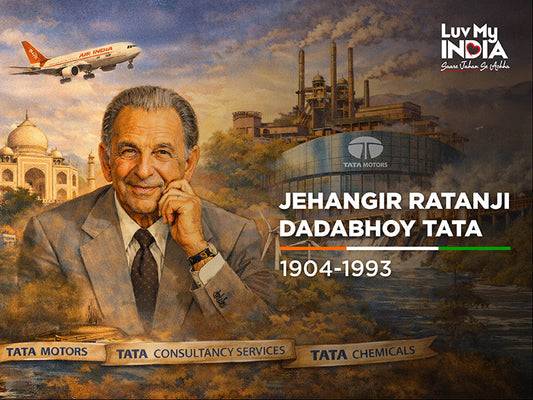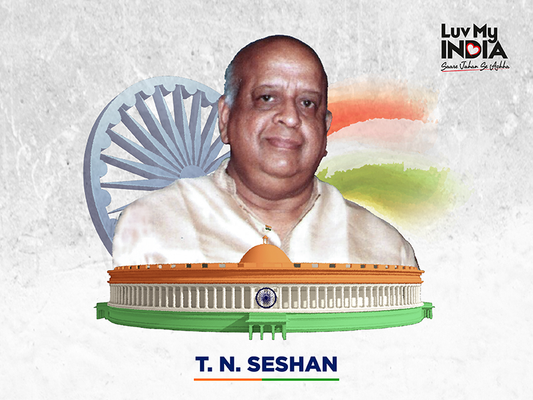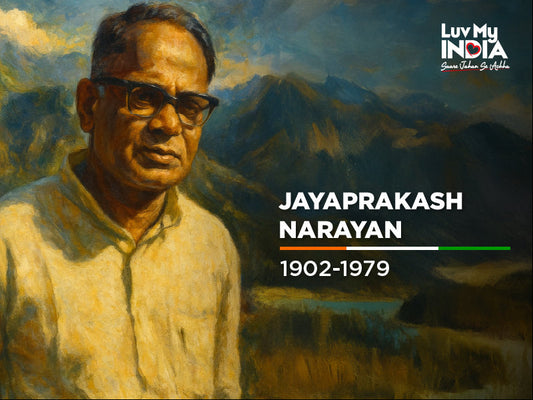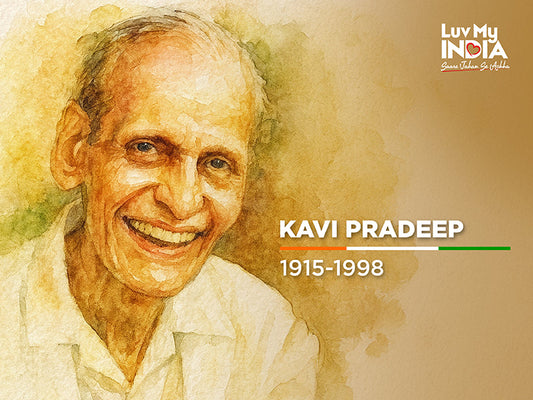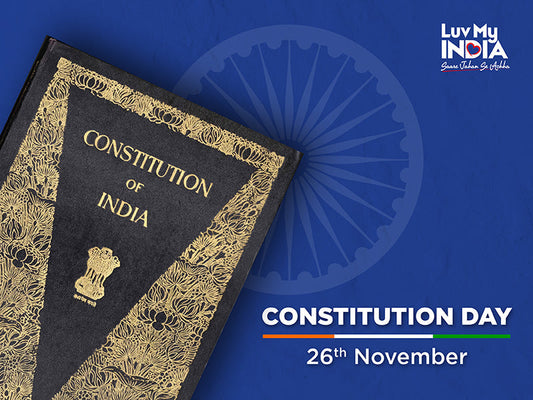The air in the Constituent Assembly chamber felt sacred on 22 July 1947—as if every heartbeat echoed a prayer for freedom, dignity and unity. That day, storms of longing and sacrifice converged into a single moment: the acceptance of a flag that was no mere cloth, but the embodied dream of a billion souls. Grief and joy sat side by side in those wooden benches, joy for the promised dawn, grief for the martyrs who would not live to see it. When that resolution passed, the soul of India rose, indivisible, unbowed and eternal.
From the Chair in the House, Dr Rajendra Prasad opened the session with solemn pride. Then Nehru stood to move the resolution for the national Flag, describing it as both technical in form and profoundly emotional in essence. He said: “We looked up to this Flag not only with pride and enthusiasm but with a tingling in our veins; when we were sometimes down and out, the sight of this flag gave us courage to go on.”
Every word spoken felt heavy with pain, yet light with aspiration. And when Sarojini Naidu rose, words failed, emotion took over and the house felt a collective hum—of love for Bharat and of gratitude to those who refused to kneel. Above all, there was the unspoken promise: no more subjugation, no more silence. That flag would belong not to a select few, but to every Indian, every child and every dream that dared to defy oppression. And amidst all those promises, one truth emerged: the struggle was not over until every Indian could breathe freely under its protection.
This event, on that July morning, was more than ceremonial. It was historic. It was the moment when India reclaimed its own identity, scripting it in thread and colour. The flag they adopted, based in Khadi-cotton as Nehru presented it, echoed the values of self-reliance and indigenous resilience. It marked the passing of colonial authority and the rise of a democratic republic, even before that republic formally existed.
It was the culmination of decades of collective yearning, from farmers to freedom fighters, from poets to revolutionaries. And in that chamber, it was more than fabric; it was freedom stitched in saffron, white and green, bound by the Dharma Chakra that echoed the wheel of time.
Adding yet another layer of symbolism to the ceremony, Hansa Jivraj Mehta presented the Flag on behalf of the women of India: “We have donned the saffron colour, we have fought, suffered and sacrificed in the cause of our country’s freedom. May this flag be the symbol of that great India, may it bring happiness to those who live under its protecting care.”
To understand the gravity of 22 July 1947, we must remember what had preceded it. India had seen the Jallianwala Bagh massacre, the salt satyagraha, Quit India and a million unsung revolts. The Tiranga had been carried to the gallows, hidden in schoolbags, waved in secret processions and draped on bodies of martyrs. When the Constituent Assembly adopted it, it became not just a flag—it became a shrine.
Today, as we celebrate Independence Day or Republic Day, we sometimes forget the soul behind the spectacle. The decision to adopt the Tiranga was not a design choice—it was a moral commitment. A reminder that freedom came at the price of unity, that symbols matter when they carry the weight of struggle.
It is unfortunate that 22 July 1947 is not celebrated with the same fervour as 15 August or 26 January. But perhaps it should be. Because this was the day India found its symbol of identity. A country without a flag is like a song without a melody, this was the day we found ours.
In an age where marketing slogans often overshadow meaning, the emotional power of the flag is sometimes lost. But that doesn’t make it any less sacred. It remains the heartbeat of a billion people. And this historic day deserves to be remembered with the same reverence as the flag itself.
At Luv My India, we believe that patriotism is not a sentiment to be worn only on national holidays, it is a way of life. Our tricolour merchandise, whether it's khadi flags, heritage badges or handcrafted tributes, is designed to honour not just the symbol, but the story.
By sharing stories of unsung heroes like Hansa Mehta, by remembering moments like 22 July 1947, we keep the spirit of freedom alive. We don't just celebrate India, we serve its memory. Because for us, the Tiranga is not a design. It is a heartbeat. A promise. A legacy. One that we vow to preserve, protect and pass on.

